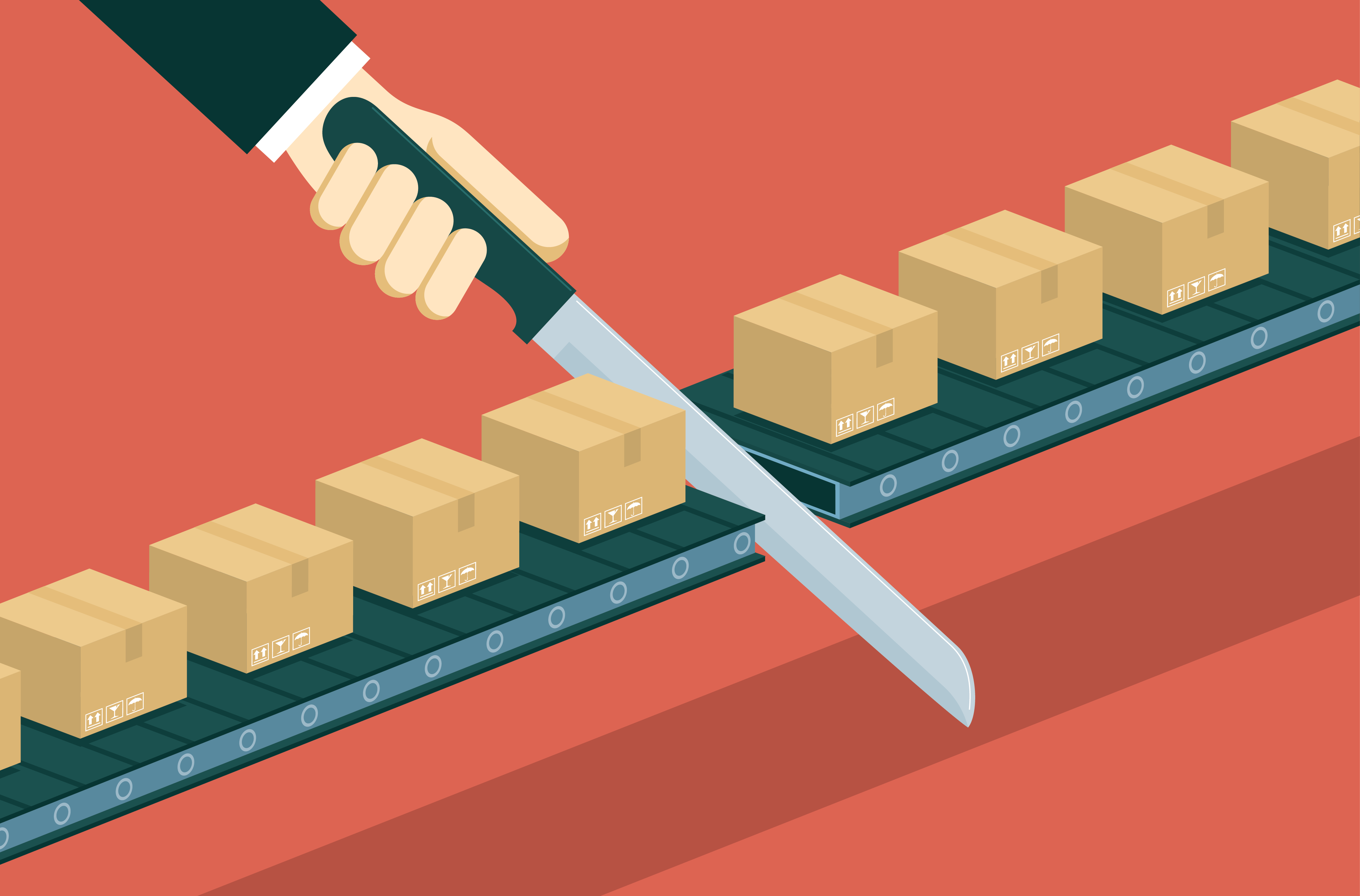
Risk Headwinds Blowing for Product Manufacturing

The first quarter has made clear that 2025 will be no less troubled than 2024.
Geopolitical instability, regional conflicts, trade wars, and the ever-present shadow of natural catastrophes worldwide all threaten major economic volatility for companies, the insurers that cover them, and consumers.
Ashley Moffatt, senior vice president of Nationwide E&S Brokerage Primary Casualty, believes the industry must keep in mind the unique ways that 2025 risks will affect product manufacturers—especially those that rely heavily on raw materials, like the automotive and consumer goods industries. For Moffatt, the most concerning risk trends for product manufacturers in 2025 can be separated into three buckets: supply chain issues, regulatory forces, and new dimensions of cyber risk from artificial intelligence (AI) and the Internet of Things (IoT).
Supply Chain Disruptions
Disruptions to the global supply chain, including pervasive natural catastrophes, are significant concerns for products manufacturers, Moffatt says. The frequency and growing severity of natural catastrophes do not just impact the obvious lines like commercial property; those disasters also have lingering effects on the global supply chain, she explains.
Hurricanes, earthquakes, floods, and other disasters can halt production, damage infrastructure, and disrupt transportation networks, increasing manufacturing costs and delaying delivery of goods, Moffatt says. This can all hit product manufacturers’ casualty lines, among others.
The effect of new U.S. tariffs (and retaliatory steps by China and other countries) on the global supply chain and thus the product manufacturing liability sector is still developing, but Moffatt suggests that the COVID-19 pandemic could offer some guidance on possible outcomes. “During the pandemic, we noticed a trend where manufacturers chose to use alternative low-cost materials that were more readily available. Unfortunately, these materials often proved to be less reliable, which led to quality control issues and heightened liability concerns. So the tariffs are something we’re keeping an eye on.”
Regulation and Litigation
Moffatt also calls attention to the potential for regulatory forces to increase manufacturers’ litigation risks, specifically the federal Modernization of Cosmetics Regulation Act of 2022 (MoCRA) and the focus on governing “forever chemicals” like PFAS.
“Enhanced consumer safety is a big deal,” Moffatt says. “By introducing stricter regulations for product registration, ingredient listing, and safety substantiation, MoCRA aims to improve consumer safety, which can lead to fewer incidents of harm and consequently fewer liability claims.”
MoCRA’s update to federal standards for cosmetics will help streamline compliance processes and reduce the complexity of navigating different state regulations, as well as enhance product quality and safety by mandating adverse event reporting, Moffatt explains.
On the other hand, as she points out, “the new regulatory framework provides more scenarios for products to be found to be unsafe or mislabeled, thus creating additional opportunities for plaintiffs to pursue litigation based on non-compliance,” meaning that MoCRA could simultaneously reduce manufacturer liability by reducing harm and increase the risk of litigation.
Increased regulatory scrutiny of PFAS is heightening litigation risks for product manufacturers. The U.S. Environmental Protection Agency has introduced stricter limits on PFAS in drinking water and classified certain PFAS as hazardous substances under the Superfund law. States like California and New York have enacted bans of PFAS in consumer goods, food packaging, textiles, and cosmetics.
These regulatory actions are likely to increase compliance challenges and potential liability for manufacturers due to PFAS contamination and associated health impacts. That’s why Moffatt advocates for a proactive, informed approach to risk management: “Companies should conduct thorough risk assessments to identify potential PFAS-related hazards in the insured’s product or process, implement robust quality control measures in product testing, and maintain transparency with stakeholders—clear communication is crucial in building trust and mitigating litigation risks.”
Product stewardship is also an essential piece of PFAS risk management. Besides the risk assessments Moffatt mentioned, companies can also implement measures to minimize PFAS exposures, such as substituting safer alternative materials or chemicals.
The Internet and AI
While artificial intelligence has been held up as a tool to boost productivity and enhance operational efficiency by taking over rote clerical tasks, it also expands a company’s cyber risk—and cybercriminals are increasingly taking advantage of the rapid growth in AI tools, Moffatt says. “For example,” Moffatt explains, “attackers can target vulnerabilities in AI-driven manufacturing systems, including production lines and predictive maintenance tools. A cyberattack on a weak AI-based production system could pose a significant operational and financial risk for a company.”.
Moffatt also highlights the increased connectivity between systems and physical devices through the internet—the Internet of Things—as a source of risk. “IoT devices can potentially serve as entry points for cyberattacks,” she says. “To mitigate these risks, it is crucial for manufacturers to adopt a comprehensive cybersecurity strategy, which can include continuous monitoring and regular updates to security protocols.”




